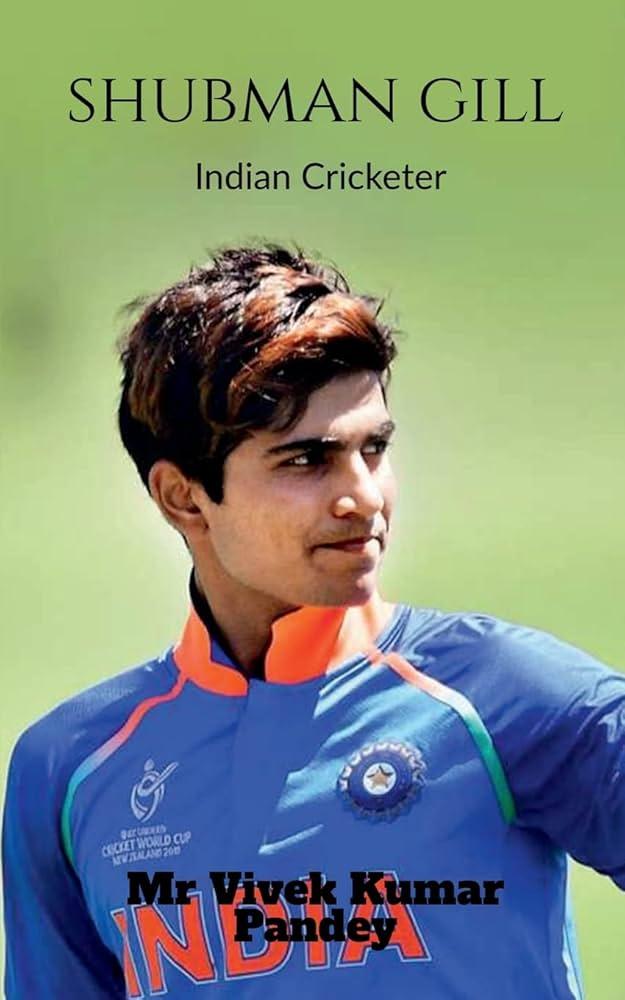- Advertisement -
Shubman Gill has addressed questions surrounding India’s batting lineup following the retirement of veteran batsman Virat Kohli. In a recent statement, the young opener clarified his position and offered insights into how the team’s batting order might evolve in the post-Kohli era. As the Indian cricket landscape undergoes a significant transition, Gill’s comments provide a glimpse into the future strategy and the emerging role he is set to play.
Shubman Gill Addresses Changes in India’s Batting Lineup Post Virat Kohli Era
Shubman Gill, one of India’s most promising young batsmen, recently spoke candidly about the evolving dynamics of the Indian cricket team’s batting lineup following the departure of Virat Kohli. Addressing speculation surrounding his position, Gill emphasized the importance of adaptability and team strategy over individual roles. “I will be playing wherever the team management feels is best for the side,” he remarked, underscoring his readiness to shoulder responsibility at any batting position to ensure a smooth transition in this new era.
Gill also highlighted the increased competition and fresh talent emerging in the squad, pointing out how this is driving healthy contest for spots and pushing players to elevate their performances. He outlined key factors shaping the lineup changes:
- Focus on a balanced mix of experience and youth
- Flexibility in batting order depending on match situations
- Prioritizing team combinations that maximize adaptability across formats
| Batsman | Preferred Position | Role in the Lineup |
|---|---|---|
| Shubman Gill | 1-3 | Anchor, Stroke Player |
| Rohit Sharma | 1 | Opener, Aggressive Starter |
| KL Rahul | 3-4 | Stabilizer, Flex Batsman |
Assessing the Impact of Kohli’s Retirement on Team Dynamics and Batting Strategy
Virat Kohli’s departure from the international cricket arena signals not just the end of an era but also a pivotal shift in India’s team dynamics. His leadership and aggressive batting style have long been central to India’s strategies, with teammates accustomed to building innings around his presence at the crease. With Kohli retiring, new leadership qualities and communication patterns are emerging within the squad. Senior players like Rohit Sharma and the up-and-coming Shubman Gill are expected to step into more influential roles, fostering a collaborative environment that balances experience with youthful exuberance.
From a tactical perspective, the batting order is undergoing re-evaluation. Shubman Gill’s recent statements underscore a commitment to flexibility and adaptability. Key points influencing the revised strategy include:
- Promoting agility by rotating strike and accelerating innings pace earlier.
- Leveraging Gill’s technical proficiency to stabilize innings in the top order.
- Encouraging middle-order batsmen to adopt more dynamic roles given the absence of Kohli’s anchoring presence.
| Player | Proposed Role | Primary Strength | |||||||||||||||||||||||||||
|---|---|---|---|---|---|---|---|---|---|---|---|---|---|---|---|---|---|---|---|---|---|---|---|---|---|---|---|---|---|
| Shubman Gill | Opening Batsman | Steady stroke play & patience | |||||||||||||||||||||||||||
| Rohit Sharma | Vice-Captain, Middle Order | Explosive batting & experience | |||||||||||||||||||||||||||
|
Virat Kohli’s departure from the international cricket arena signals not just the end of an era but also a pivotal shift in India’s team dynamics. His leadership and aggressive batting style have long been central to India’s strategies, with teammates accustomed to building innings around his presence at the crease. With Kohli retiring, new leadership qualities and communication patterns are emerging within the squad. Senior players like Rohit Sharma and the up-and-coming Shubman Gill are expected to step into more influential roles, fostering a collaborative environment that balances experience with youthful exuberance. From a tactical perspective, the batting order is undergoing re-evaluation. Shubman Gill’s recent statements underscore a commitment to flexibility and adaptability. Key points influencing the revised strategy include:
|


